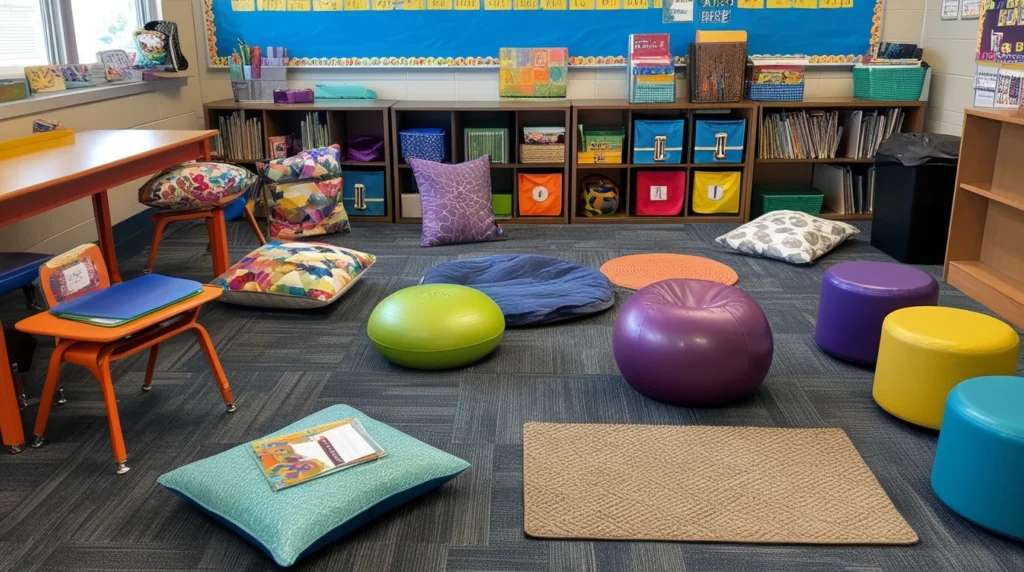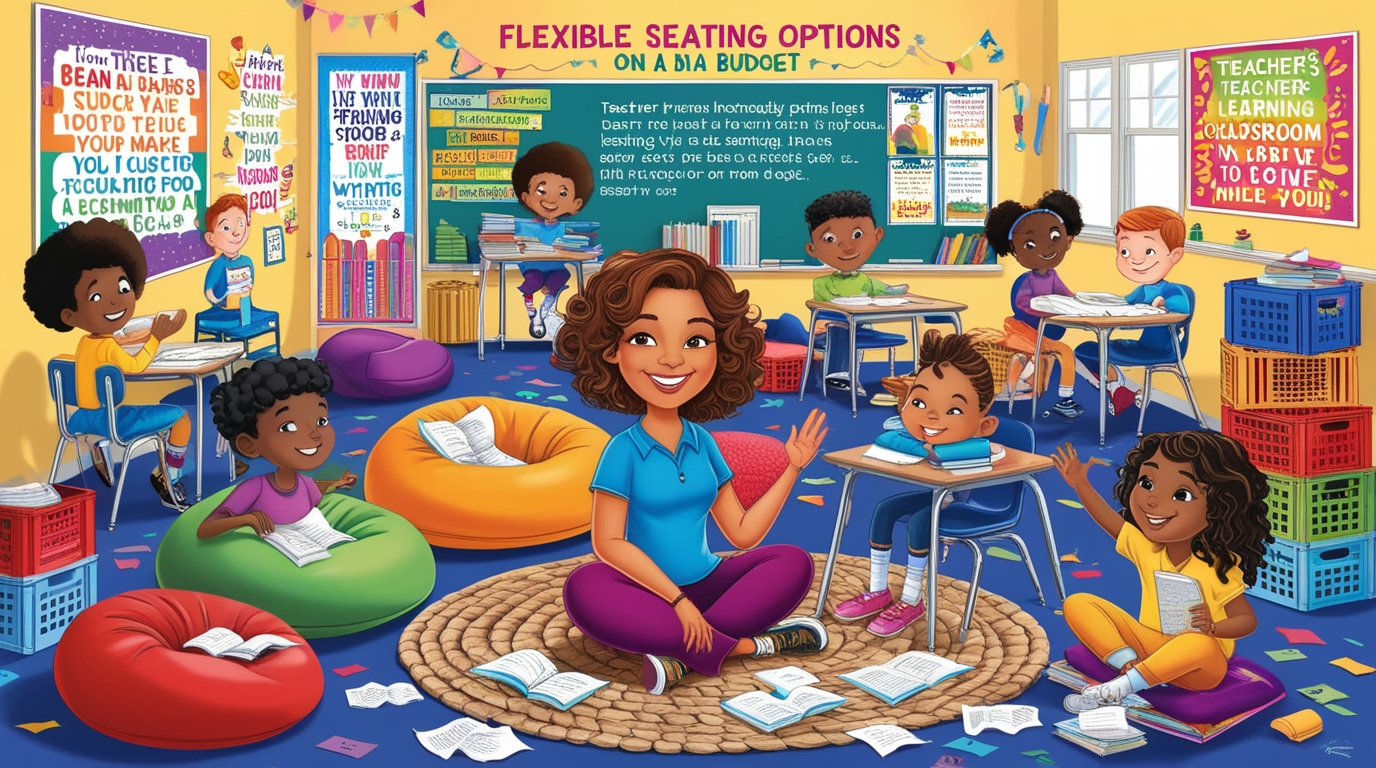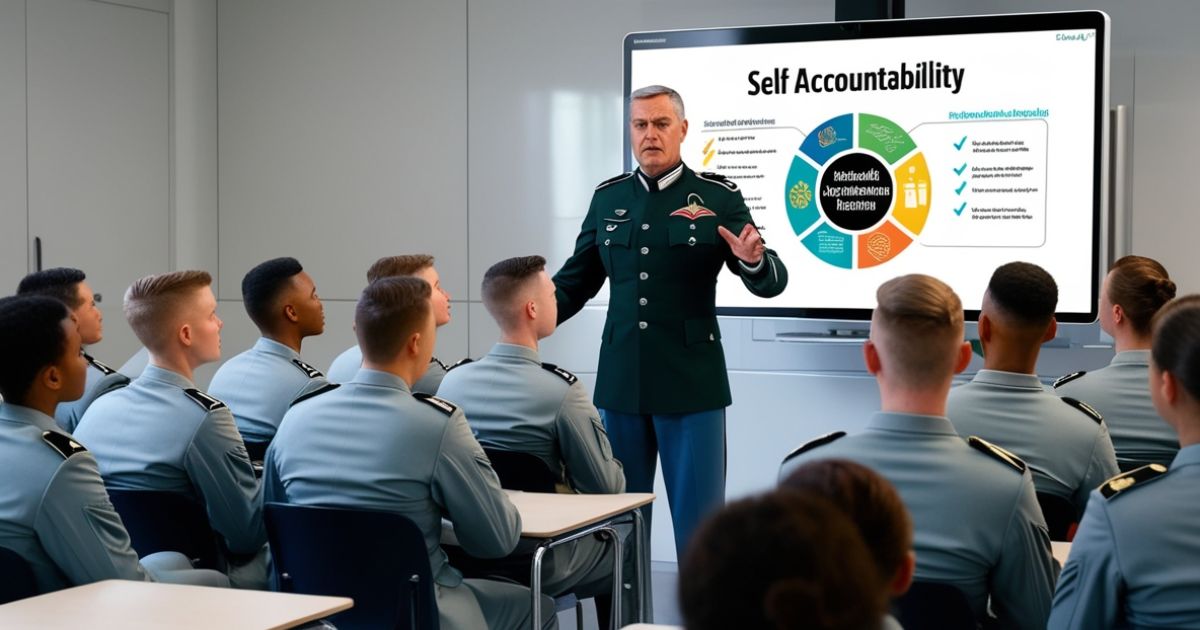Flexible Seating on a Teacher Budget
You do not have to break the bank to create a classroom that is creative, engaging, and collaborative. Flexible seating on a teacher budget is a practical solution that can transform a traditional learning environment into an interactive and student-friendly space.
By using a mix of cheap flexible seating, DIY flexible seating ideas, and smart strategies, you could create a comfortable learning environment without breaking the bank.
Through this guide, we explore different affordable options, useful tips, and real examples to inspire your journey. Let’s get started.
What Is Flexible Seating Classroom?
Flexible seating is a modern design concept for the classroom, where students can choose from various seating options apart from the traditional desk-and-chair setup.
It encourages movement, choice, and comfort, which keeps students focused and engaged.
From cozy beanbags to standing desks, flexible seating adapts to diverse learning needs and preferences, allowing students to take charge of their learning environment.
Emotional Dependence of Flexible Seating
Flexible seating is more than just trendy decor. It brings numerous educational and emotional benefits to both students and teachers:
Increased Student Engagement
When students can choose their seats, they tend to be more comfortable and engaged.
A variety of seating options, such as floor cushions, wobble stools, and standing desks, keeps students energized and focused throughout the day.
Enhanced Collaboration
Flexible seating promotes students to collaborate in small groups. They can easily switch between different seating areas that encourage teamwork and communication.
Boosted Autonomy and Self-Responsibility
Students are allowed to choose where and how they would work best. This creates a culture of autonomy and self-responsibility.
Less Behavior Problems
Providing alternative seating helps students who may struggle to stay seated in traditional desks. Options like exercise balls or wobble stools allow them to release energy while staying on task.
Step 1: Assess What You Already Have
Before spending money, take a close look at your current classroom setup. You might already have resources that can be repurposed or adapted into flexible seating.
Check Your Storage Closet Sometimes treasures like old stools, beanbags, or cushions are forgotten in school storage areas. Use your creativity to reuse and refresh them.
Ask Other Teachers Talk to your colleagues and see if they have some extra seating options they are willing to donate or trade. Staff collaboration can be a goldmine of opportunities.
Step 2: Inexpensive Flexible Seating Ideas
Floor Cushions and Pillows
Floor seating is one of the simplest ways to introduce flexible seating. Use throw pillows or cushions to create a cozy reading nook. Look for discounts at thrift stores or ask parents for donations of gently used cushions.

Milk Crate Seats
Milk crates are sturdy, affordable, and versatile. Add a foam cushion or a wooden seat on top, and you’ve got an instant chair. They’re lightweight and can double as storage bins for books or supplies.
Yoga Balls/Exercise Balls
Exercise balls are ideal for restless students who can’t stop fidgeting. They will keep your students’sitting up straight, yet still able to move around a bit. You can find them really cheap at second-hand stores or discount shops.
Cheap Mats
A large area rug can turn part of your classroom into a relaxed learning zone. Rugs define spaces and make them feel more inviting. Look for affordable options at clearance sales or online marketplaces.
Standing Desks
Standing desks don’t have to be expensive. You can create makeshift standing desks by placing risers on regular tables or using taller furniture that’s already available in your school.
Step 3: DIY Flexible Seating Options
If you’re handy with basic tools, DIY flexible seating can be a fun and cost-effective way to expand your seating options:
Homemade Wobble Stools
Convert old stools into wobble stools by attaching a rounded base made from inexpensive materials like PVC pipe caps or exercise ball halves. These encourage movement and help students who have difficulty sitting still.
Tire Seats
Turn old car tires into seating by painting them and putting a cushion or plywood top. They’re durable, easy to clean, and a pop of color in the classroom.
Lap Desks
Use wooden boards with attached cushions underneath to create lap desks. They are useful for the students who can work comfortably on the floor and want to change from using the conventional desks
DIY Beanbags
Make your own beanbags using sturdy fabric and beanbag filler. They are a snuggly, playful addition to any classroom and can be made in any size or color to fit your theme.
Step 4: Where to Find Cheap Flexible Seating
You don’t have to buy new to find amazing seating options. Here’s where to look for bargains:
Thrift Stores and Second-Hand Shops
Local thrift stores often have furniture, pillows, and other items that can be repurposed. Keep an eye out for discounts or special sales days.
Garage Sales
Garage sales can be a goldmine for unique and inexpensive furniture pieces. Early mornings often have the best selections.
Online Marketplaces
Check websites such as Facebook Marketplace, Craigslist, and eBay. People often sell second hand furniture at bargain prices, and you can often negotiate for even better deals.
School and Community Donations
Send out a request to parents, community members, or local businesses. You’d be surprised how many people are willing to donate gently used furniture or materials.
Step 5: Managing Flexible Seating
Having flexible seating isn’t just about the furniture, it’s about setting up clear expectations and routines to make it successful.
Establish Rules and Guidelines
- Introduce the Concept: Explain to students how flexible seating works and why it benefits them.
- Create a Rotation System: Ensure every student has a chance to use different seating options by rotating spots daily or weekly.
- Set Boundaries: Teach students the importance of respecting their workspace and others around them.
Common Mistakes to Avoid
1. Rushing the Process
Don’t feel pressured to change your entire classroom at once. Start small and build up gradually as you find what works for your students.
2. Ignoring Feedback
Student input is essential. If a seating option isn’t working, ask them why and make adjustments. Their feedback ensures the environment meets their needs.
3. Neglecting Safety
Always ensure that your seating options are safe. Check for sharp edges, unstable furniture, and other hazards before introducing new items into the classroom.
Real-Life Success Stories
Before: A Traditional Setup
Rows of desks for extended periods mean that a child can barely move out of their seat. There’s all-day sitting, with little classroom collaboration feeling clumsy and contrived.
After: Flexible Seating Class
Students have more room to move with floor cushions, milk crate seats, and wobble stools, encouraging students to move around in support of collaboration, which involves switching chairs based on activities, increasing enthusiasm toward learning.
Teachers who’ve adopted flexible seating report improvements in student behavior, focus, and overall classroom morale.
Maintenance Tips for Long-Term Success
1. Regular Cleaning
Flexible seating items like cushions and beanbags can collect dust. Set up a cleaning routine to keep everything fresh and hygienic.
2. Repairs and Upkeep
Fix small issues immediately, such as sewing torn cushions or tightening loose screws on chairs.
3. Storage Solutions
Store extra seating options neatly to prevent clutter. Use bins or shelves to keep everything organized when not in use.
My Experience with Flexible Seating
When I first considered implementing flexible seating in my classroom, I was worried about the cost.
My budget was tight, and I didn’t think it was possible to make such a big change without spending a lot of money. However, I decided to take it one step at a time.
Before the Change
My classroom had rows of traditional desks, and the atmosphere felt rigid.
Students seemed disengaged, and collaborative work was difficult because the setup didn’t allow for much movement or flexibility.
The Transformation Process
I started small by introducing floor cushions and lap desks. I repurposed old chairs from the school’s storage closet, added pillows from home, and even made my own beanbags.
I also reached out to parents, who generously donated items like yoga balls and small rugs. Over time, I incorporated more seating options, including wobble stools I crafted using old stools and PVC caps.
The Results
The change was remarkable. Students became more engaged, behavior issues decreased, and they took pride in choosing their own seats.
The room felt alive with energy and collaboration, and I noticed a significant improvement in their overall learning experience.
Conclusion
Implementing flexible seating on a teacher budget is achievable with a bit of creativity, resourcefulness, and patience.
By using cheap flexible seating ideas, getting creative with DIY flexible seating solutions, and wisely managing your resources, you can create a vibrant and dynamic classroom environment that caters to every student’s needs.
Not only does flexible seating improve engagement and collaboration, but it also promotes independence and responsibility among students. Begin small, get your students involved in the process, and see how your classroom can turn into a welcoming, inspiring learning environment.
FAQs
Can flexible seating work in small classrooms?
Yes! Flexible seating can be adapted to fit any classroom size by using space-saving options like stackable stools or foldable lap desks.
How do I manage classroom behavior with flexible seating?
Set clear expectations from the start. Establish rules about respectful use of the seating and implement a rotation system to ensure fairness.
What if I don’t have a budget for new seating?
Get creative with what you have! Repurpose existing furniture, seek donations, and explore DIY solutions to build a flexible seating setup without spending much.







